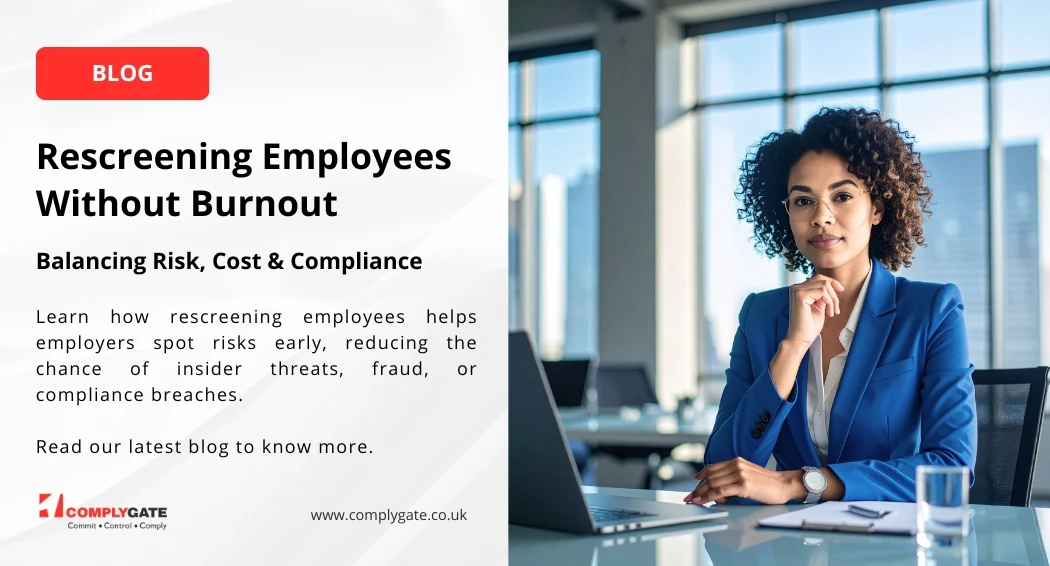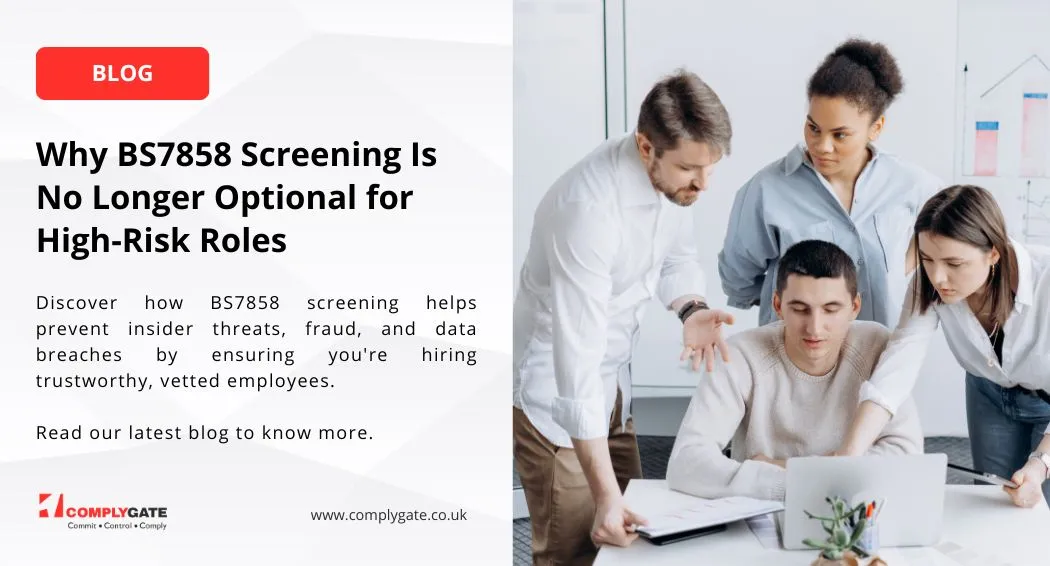Top Ten Workplace Culture Trends of 2021
2020 had been an unprecedented year in terms of sudden and drastic change in organizational management and workplace culture, with results taking shape over the past ten months. It has been predicted that further unprecedented changes will be set speedily in motion as the covid-19 infection subsides. However, most importantly, after the global upheavals caused by the pandemic, it is only imperative that organizations cultivate a strong work culture globally to bounce back quickly, be more competitive and prepared for any sudden, unplanned changes in the future. One of the ways to achieve this is to generate a good work culture that makes the organization stand out and propels it towards success.
The ten prominent workplace culture trends of 2021 shall be amongst the following:
- Focus on organizational culture – Organizational priorities have been altered due to Covid-19. The importance and need of a thriving workplace culture has been realised to the fullest for the first time. Change experts have, for the first time, realised that workplace culture isn’t about perks like sports / recreational breakout spaces in the office, entertainment rooms, etc., but about making personal connections and accomplishments. Even as months of remote-working have caused a tremendous strain on the global workforce, leaders are constantly experimenting, re-inventing and trying to improvise the workplace culture further for the times to come up ahead.
- Changes in work – According to a survey by the O.C. Tanner Institute, a majority of the workers have said that the workplace shall never return to the pre-Covid normal. Remote working shall continue well on through the immediate years coming up, and it can be equally efficient and productive or more as well vis-à-vis working in the office. This has led to many organizations instituting permanent remote working policies for their employees. Organizations also successfully adapted to virtual working by changing normal work processes including recruitment and talent acquisition through the use of virtual interviews. Mental and emotional wellbeing have been rediscovered and are now at the core of workplace cultural initiatives.
- Diversity and Inclusion – Social issues are no longer kept at the side lines. Organizations can now exercise their rights on important social issues pertaining to equality of rights to employment and justice, along with a greater emphasis on the rights of diversity and inclusion.
- Need for Purpose – Employees of the present generation are more connected to the social issues with a greater awareness of the global corporate implication and big picture orientation. More than climbing the corporate ladder, the members of this generation are focused on creating a difference in their careers and professional lives through cultivating a sense of purpose and of belonging. On the other hand, organizations try to harness this potential by attracting and engaging employees by facilitating an atmosphere of skill development, insightful growth and wellbeing.
- Digital transformation – Digital transformation reached its full utilizable potential only during the Covid-19 season, after being in the target lists for many years. Technological adaptations are constantly being reinvented to help us stay on top of our assignments while working remotely and practising social distancing. Technological developments are occurring by the minute and will revolutionise our life, work and culture further as we move into the unpredictable future.
- Employee engagement – One of the major issues faced by employees, in addition to all of the other major issues, is disengagement with whatever worthy that’s going on within the organization, voluntary or involuntary. Employee engagement needs to be constantly reinvented to provide smooth transitioning of business processes, along with maintaining an employee-centric cultural environment. All obstacles coming in the way of employee engagement must be removed with priority and using smart and innovative ways and workarounds. Constant and meticulous use of feedbacks, trainings, etc., must be made and incorporated into employee cultural programs.
- Flexible work schedules – The Covid-19 pandemic made many organizations realize the paramount importance of a flexible work schedule for employees. Strenuous work schedules induced burnout and simply rendered the employees too unproductive. This was happening frequently especially during the times when the bulk of the workplace transitioning was just being made to remote working. Once organizations realised the importance of maintaining the work-life balance of employees, even during the pandemic, they allowed their employees to go for a flexible work schedule to induce psychological satisfaction and increase in productivity.
- Mental safety – Mental safety denotes a feeling of comfort within your workplace team and expressing yourself frankly, especially about admitting mistakes, speaking clearly and expressing yourself openly about your career goals and preferences. Even though this is a new concept for mainstream organizations, incorporating this aspect can lead to better growth in business and prospects for organizations as it leads to high performance easily due to communication clarity and transparency within the team members, which leads to immediate lowering of work-induced stress and thus maintaining a clear sight on goals.
- Socio-political culture – Organizations have started to be more expressive and exercise vocal freedom on giving their employees the right to participate more freely within the contemporary socio-political stance, including taking part in debates on various socio-political issues. According to a survey by Gartner, about 74% of employees expect the right to freedom of expression from their employer with regard to being actively involved in various socio-cultural matters of the day.
- Overall development and life experience – As the steady, trained and competitive batches of millennials start applying their skills by joining the corporate workforce, the organizations need to ensure that they are provided with ample opportunities, level-playing fields and treated fairly. Thus, providing benefits cannot always suffice and falls short. Being the future of the organization, something out-of-the-box is required to retain these young, energetic and innovative talents. Organizations must provide the right tools for development so that the employees can feel greater satisfaction with the jobs and roles and helping increase retention within the organization.











